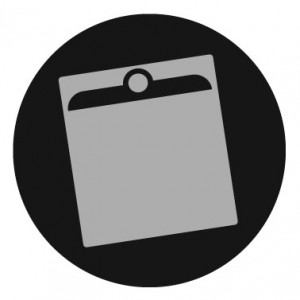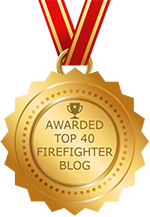 At Total Fire & Safety, most of our commercial fire protection service customers are based in the “snow belt”, which includes Illinois, Wisconsin and Indiana, where ice and sub-zero temperatures can cause troublesome pipe freezing.While most buildings take advantage of dry pipe systems, which are ideal for cold weather areas, building owners who have water-filled fire protection equipment need to take some cold weather precautions to stay safe.
At Total Fire & Safety, most of our commercial fire protection service customers are based in the “snow belt”, which includes Illinois, Wisconsin and Indiana, where ice and sub-zero temperatures can cause troublesome pipe freezing.While most buildings take advantage of dry pipe systems, which are ideal for cold weather areas, building owners who have water-filled fire protection equipment need to take some cold weather precautions to stay safe.
It is the responsibility of every building owner with at-risk equipment to ensure that the building temperature remains at 40 degrees Fahrenheit or above at all times. In buildings where there are sprinkler valve rooms and pump houses with small diameter valve trim piping, a freeze can occur within a few hours after the temperature falls below 32 degrees.
However, any commercial fire protection service company can help a building owner do all they can to keep their building’s fire protection service in working order despite the cold. For example:
1. Carefully testing fire equipment for the first time after the heating system has been turned on. In areas with smoke detectors, the fire detection system should be disabled so accumulated dust on the heat strips will burn off but not set off the alarm. In the worst case scenario, if smoke detectors activate unexpectedly, various sensitive electrical/data equipment rooms protected with the gaseous fire suppression systems (FM-200, Halon, CO2, etc.), could discharge.
2. Checking that all ambient heaters and heat tracing used for the fire protection equipment are operating for the cold weather.
3. Inspecting the integrity of the piping and equipment insulation.
4. Noticing and troubleshooting where residual discharge water or condensation may have accumulated on low point drains on dry pipe and in pre-action and deluge pilot systems before opening the drain valves.
5. Checking air dryers in your dry pipe, pre-action, or deluge pilot systems.
6. Checking antifreeze solution in your antifreeze sprinkler systems. These systems are still permitted until September 30, 2022 as long as they meet all NFPA requirements.
7. Checking that drip drains on your hydrants, FDCs, valve trims and similar equipment are evacuating water from the system.
8. Installing low temperature alarms in any location that could be subject to freezing temperatures.
9. Helping you devise a plan to shorten downtime and stay safe in case the fire sprinkler system freezes.
If you’re wondering if your fire protection service is ready for the cold, Total Fire & Safety has the guidance and expertise you need to protect your property this winter.
 Facebook
Facebook
 Instagram
Instagram
 LinkedIn
LinkedIn
